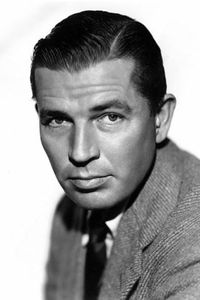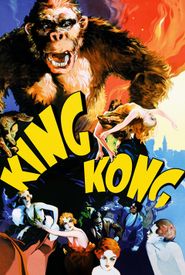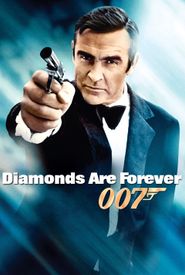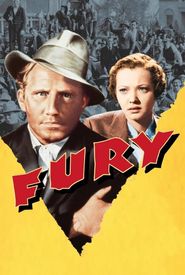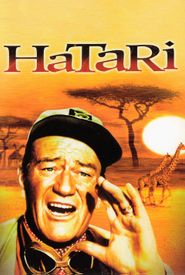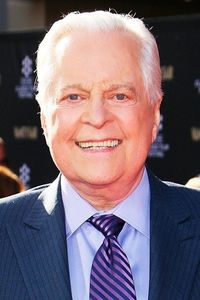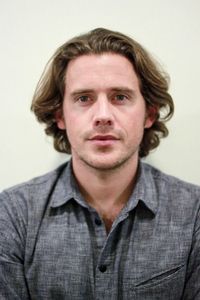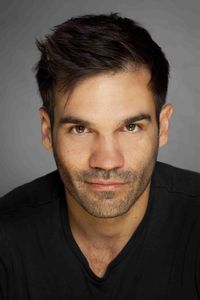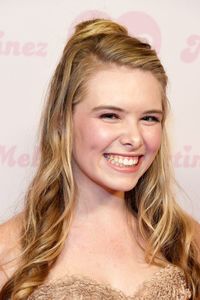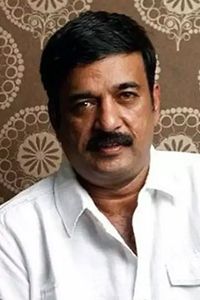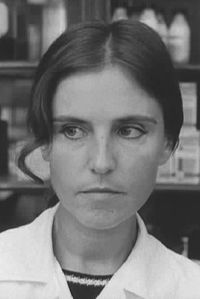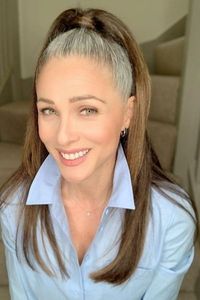Bruce Cabot's most notable achievement, aside from saving Fay Wray from King Kong in 1933, is his audition for the lead role of The Ringo Kid in John Ford's Western masterpiece Stagecoach (1939). The role ultimately went to John Wayne, who became one of the most enduring stars in Hollywood history, while Cabot found himself a new drinking partner when the two co-starred in Angel and the Badman (1947). In the latter stages of his career, Cabot could rely on Wayne for supporting parts in one of the Duke's movies.
In the 1930s, Cabot's star shone bright. Born Etienne Pelissier Jacques de Bujac in Carlsbad, New Mexico, the son of French Col. Etienne de Bujac and Julia Armandine Graves, who died shortly after giving birth to the future Bruce Cabot. After leaving the University of the South in Sewanee, Tennessee, the future thespian hit the road, working a variety of jobs including sailor, insurance salesman, and knacker's yard worker. In 1931, he ended up in Hollywood, appearing in several films in bit parts.
The young Monsieur de Bujac met David O. Selznick, then RKO's central producer, at a Hollywood party, which led to an uncredited bit part as a dancer in Lady with a Past (1932) and a supporting role in The Roadhouse Murder (1932). On a parallel career track at the time, Marion Morrison (John Wayne) had failed to follow up on his audacious debut in Raoul Walsh's The Big Trail (1930). Cabot and Wayne eventually appeared in 11 films together.
Although Cabot was prominently featured in the blockbuster "King Kong" in 1933, he never did make the step to stardom, though he enjoyed a thriving career as a supporting player. He was a heavy in the 1930s, playing a gangster boss in Let 'em Have It (1935) and a revenge-minded Native American brave Magua after Randolph Scott's scalp in The Last of the Mohicans (1936); over at MGM, he ably supported Spencer Tracy as the instigator of a lynch mob in Fritz Lang's indictment of domestic fascism, Fury (1936). A freelancer, he appeared in movies at many studios before leaving Hollywood for military service.
Cabot worked for Army intelligence overseas during World War II; after the war, he continued to work steadily, with and without his friend and frequent co-star, the Duke.
